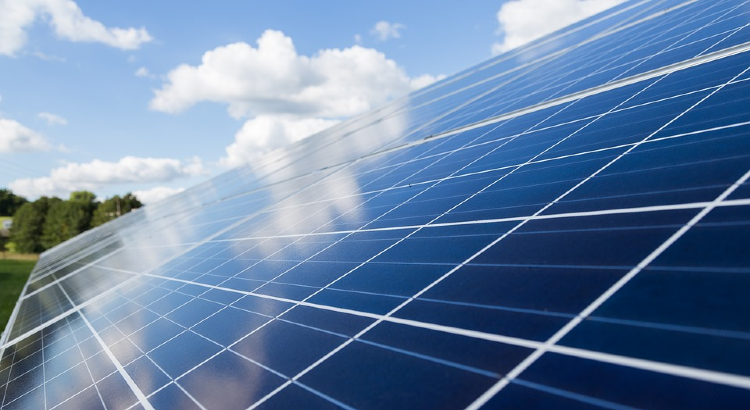Increased utility competition could create a windfall for both Southeastern consumers and the environment, according to a new analysis by the research firm Energy Innovations.
The Southeast historically has lagged the rest of the country in development of renewable energy. In 2012, for example, just 6 percent of the region’s electricity was generated by renewable sources, including hydroelectric, compared to 12 percent nationally, according to the American Council on Renewable Energy.
The Energy Innovations analysis, which was spotlighted in a recent column by Vox’s David Roberts, explored what would happen if the least expensive energy option could be chosen and shared in the region. The bottom line: Ratepayers would save as much as $384 billion and greenhouse gas emissions would fall 37 percent below 2018 levels by 2040.
While coal still generates approximately a quarter of the region’s electricity, the report found that 92 percent of the Southeast’s existing coal plants are uneconomic. This means it is more expensive to operate the coal plants than it would be to build and operate new renewable energy sources.
So why isn’t this transition happening more quickly? In a word, monopolies.
There’s a history and logic behind those utilities operating as regulated monopolies. As Roberts explains:
Around the turn of the 20th century, they were established with the goal of electrifying America. … In a given region, a single entity would be given monopoly control over electricity, from generation to delivery … . It would not make money from the sale of electricity — it would not be fair for a monopoly to set its own prices. Rather, it would sell electricity at cost. Its profits, its incentives, would come from the building of electricity infrastructure, the power plants and power lines needed to extend electricity to everyone in the country.
More than 100 years later, it’s debatable whether these monopolies continue to serve the region well. The Energy Innovations report notes that the setup gives electric utilities an incentive to overbuild power plants and to keep them operating long past their prime, because they provide the companies with guaranteed revenue. That, in turn, inhibits the development of newer, cleaner and less expensive energy sources.
To place the report, as well as Roberts’ argument, in local context, I contacted one of the Southeast’s most knowledgeable energy experts. Marilyn Brown, Ph.D. is Regents’ and Brook Byers Professor of Sustainable Systems in the School of Public Policy at Georgia Tech and a former director of the Tennessee Valley Authority.
Brown noted that on one hand “people are prone to jump on the South for not enough renewables but we have extremely reliable electricity and very low rates.” On the other hand, “time is of the essence when it comes to climate change so we need to work toward more accelerated coal retirements.”
The central premise of the Energy Innovations’ analysis is that increased competition in the South would lead to growth in renewable energy. Not only that, but air pollution would fall to nearly zero by 2040, and more than 400,000 new jobs would be created in the region due to the increased competition.
How is this possible? At risk of oversimplifying, as coal plants are retired and replaced with new solar energy generation, pollution would decline and new jobs would be created manufacturing and installing solar arrays, mostly at larger community and utility scales (as opposed to rooftop solar, such as the array that powers the Kendeda Building).
Brown offers a more sober assessment. “I don’t know that the evidence is definitive that competition results in superior performance,” she said. “Some of the most open markets are having the most difficulty meeting loads and have some of the highest prices.” (We’re looking at you, California.)
While there’s no doubt that energy market dynamics are complex, and unintended consequences are common, one basic truth is clear: Clean, renewable energy is now cheaper than dirty fossil-fuel energy.
So how do we get from where we are to where we need to be?
Brown points to “key policies that could transform the market for solar in Georgia and other states in the Southeast: state renewable portfolio standards and various carbon pricing mechanisms.” This is exactly the work that Drawdown Georgia is focused on. “There are alternative policies that could make a big difference in today’s highly regulated marketplace in the Southeast,” Dr. Brown noted via email.
Whether through increased competition, policy changes within the existing regulatory framework, or both, it is clear there is a big opportunity to achieve win-win solutions in the Southeast.
Brad Kahn is a communications consultant based in Seattle, Wash., whose clients include the International Living Future Institute and the Kendeda Fund. His practice focuses on climate, forests and green building. He holds a Master’s degree in watershed systems and management from the Yale School of Forestry and Environmental Studies.


